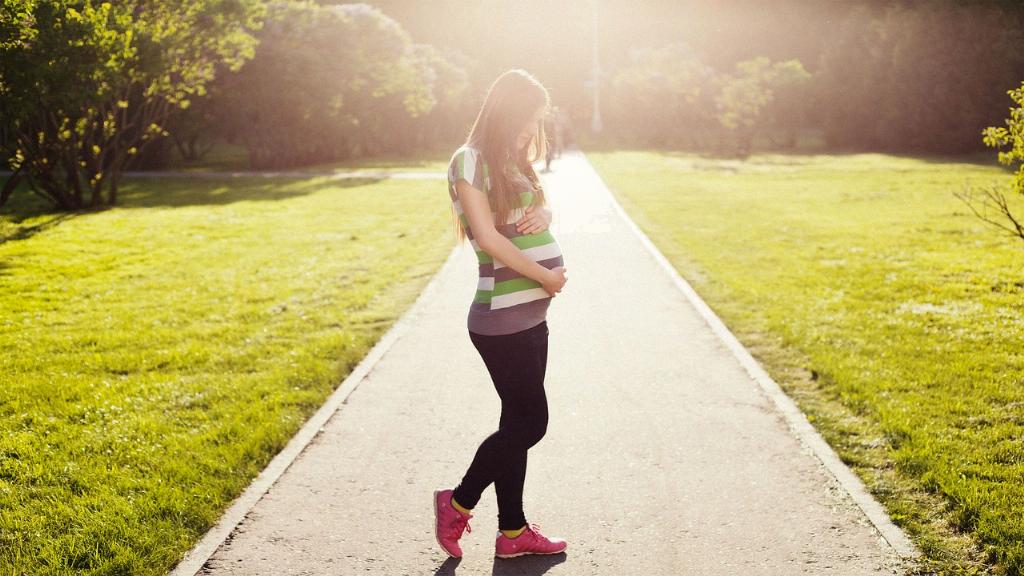At 35 weeks of pregnancy, it’s essential to be aware of the potential signs and symptoms of labor that may indicate your body is preparing for childbirth. While each pregnancy is unique and labor can vary from person to person, there are common signs to look out for as you approach full term.
1. Period-Like Cramps
One of the symptoms you may experience at 35 weeks is period-like cramps. These cramps can be mild to moderate in intensity and may come and go in a rhythmic pattern. They are often a sign that your body is preparing for labor by thinning and dilating the cervix.
2. Lower Backaches
Lower backaches are another common symptom at 35 weeks that could indicate labor is approaching. The pressure and discomfort in your lower back may be a sign that your baby’s head is moving down into the birth canal, getting ready for delivery.
3. Diarrhea
Experiencing diarrhea at 35 weeks could be a sign that your body is clearing itself out in preparation for labor. Hormonal changes and the body’s natural response to impending childbirth can lead to loose bowel movements as your body readies itself for delivery.
4. Increased Vaginal Discharge
Noticing an increase in vaginal discharge, possibly mixed with blood-tinged mucus, also known as the “bloody show,” can be a sign that labor is near. This discharge is a result of the mucus plug dislodging from the cervix as it begins to dilate in preparation for childbirth.
5. Intensifying Contractions
As you approach 35 weeks, you may start to experience contractions that become more frequent, longer, and stronger. These contractions, known as Braxton Hicks contractions, serve as practice contractions that help prepare your body for true labor.
6. Water Breaking
One of the defining moments of labor is the water breaking, which can occur as a trickle or gush of amniotic fluid. If you experience a sudden release of fluid, it’s crucial to contact your healthcare provider immediately as it could indicate that labor is imminent.
7. Pelvic Pressure
Feeling increased pressure in your pelvic area at 35 weeks could be a sign that your baby’s head is engaged and moving lower into your pelvis in preparation for labor. This pressure can make walking and sitting more uncomfortable as your body readies for childbirth.
8. Nesting Instinct
Experiencing a sudden burst of energy and the urge to clean and organize, known as the nesting instinct, can also be a sign that your body is getting ready for labor. While not a direct physical symptom, this burst of energy often occurs in the final weeks of pregnancy.
9. Cervical Changes
Your healthcare provider may detect changes in your cervix, such as effacement (thinning) and dilation (opening), during a cervical exam at 35 weeks. These cervical changes are essential indicators that your body is preparing for childbirth and may suggest labor is near.
10. Increased Discomfort
As you reach 35 weeks of pregnancy, you may notice an overall increase in discomfort due to the growing size of your baby, pressure on your organs, and the changes happening in your body in preparation for labor. This discomfort is often a sign that your body is getting ready for childbirth.
11. Changes in Fetal Movement
While fetal movement should remain consistent at 35 weeks, you may notice changes in the pattern or intensity of your baby’s movements as labor approaches. Some pregnant individuals report increased or decreased fetal movement as their body prepares for childbirth.
12. Trust Your Instincts
Ultimately, it’s essential to trust your instincts and listen to your body as you approach 35 weeks of pregnancy. If you have any concerns about the symptoms you’re experiencing or if you feel that labor may be beginning, don’t hesitate to contact your healthcare provider for guidance and support during this critical time.

